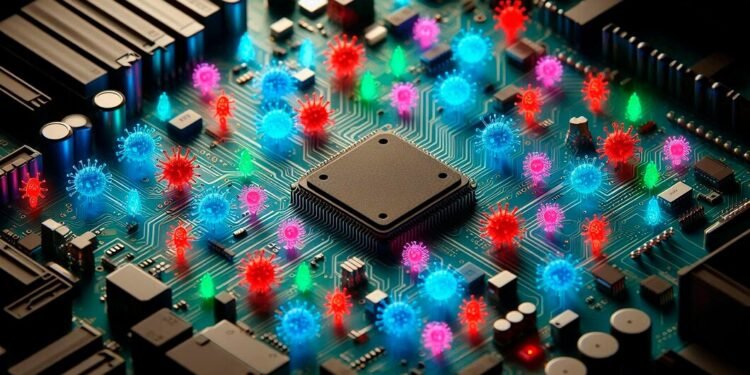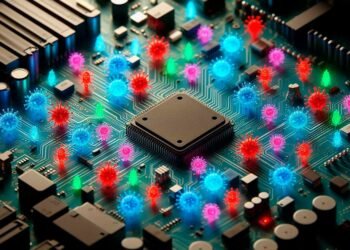Internet of Things (IoT) technology has been rapidly evolving, connecting everyday devices to the Internet and allowing them to communicate. This has paved the way for smart homes, smart cities, and even smart industries. But behind this digital transformation lies a fundamental component – micro-controllers.
Micro-controllers are small computer chips embedded in electronic devices, providing the necessary intelligence and control for IoT devices. They act as the bridge between physical inputs and digital outputs, translating data from sensors into actionable commands.
The Role of Microcontrollers in IoT
One of the key advantages of using microcontrollers in IoT is their low power consumption. Unlike traditional computers, which require a constant power source, microcontrollers have a low-power mode and can be programmed to wake up only when needed. This makes them ideal for battery-powered devices that are part of the IoT ecosystem.
Moreover, microcontrollers also come equipped with built-in communication capabilities such as Wi-Fi, Bluetooth, and Zigbee, making it easier for IoT devices to connect and communicate. With their small size and low cost, they are also highly scalable, allowing mass production and deployment in various applications.
Challenges Facing Microcontroller-Based IoT
While microcontrollers play a crucial role in enabling the widespread use of IoT technology, there are still several challenges that need to be addressed. One major issue is security – as more devices become connected to the internet, the potential for cyber-attacks and data breaches increases. Microcontrollers often have limited security features, making them vulnerable to hacking.
Additionally, as IoT devices become more complex and interconnected, there is a greater need for standardization and compatibility among different micro-controller platforms. This can be a barrier for device manufacturers looking to enter the IoT market.
The Future of IoT Microcontrollers
Despite these challenges, the demand for IoT technology continues to grow rapidly. As a result, micro controller manufacturers are constantly improving their products with enhanced security features and increased capabilities.
Moreover, innovations such as edge computing – where data processing occurs closer to the source than in the cloud – are also driving the development of advanced micro controllers. This allows faster response times and reduced reliance on internet connectivity, making IoT devices more efficient and reliable.
In conclusion, micro controllers are the backbone of the Internet of Things, connecting the physical world to the digital realm. As technology continues to advance, we can expect to see even more sophisticated micro-controllers that will enable smarter and more interconnected devices in our everyday lives. So let’s embrace this exciting technology and look forward to a future filled with endless possibilities. So keep your eyes open as our world continues to evolve, with IoT micro-controllers leading the way!
As we continue to integrate technology into every aspect of our lives, it is important to understand the role that microcontrollers play in enabling the Internet of Things. From smart homes to industrial automation, micro-controllers are the driving force behind this digital revolution.
Looking ahead, we can expect further advancements in microcontroller technology, as more industries and devices become connected through IoT. This will not only enhance convenience and efficiency but also bring about new opportunities for innovation and growth.
So whether you are a consumer looking to upgrade your home with smart devices or a business owner exploring the benefits of IoT for your company, remember that it all starts with the tiny yet powerful microcontroller. So let’s embrace this exciting technology and look forward to a future filled with endless possibilities!












